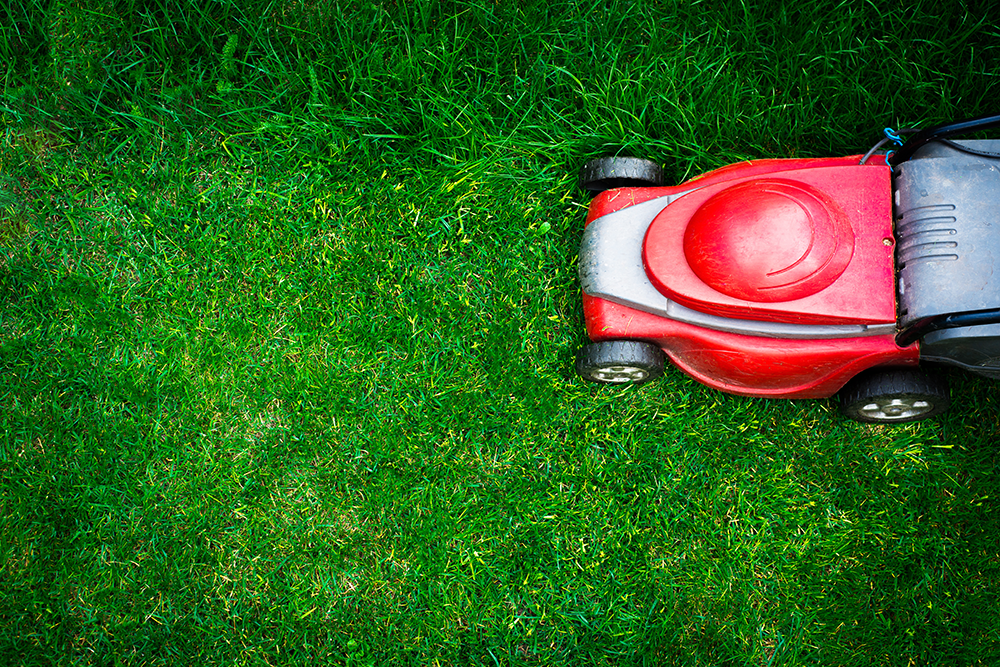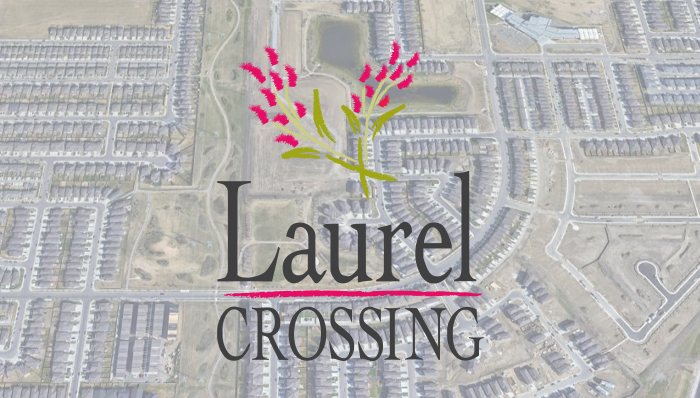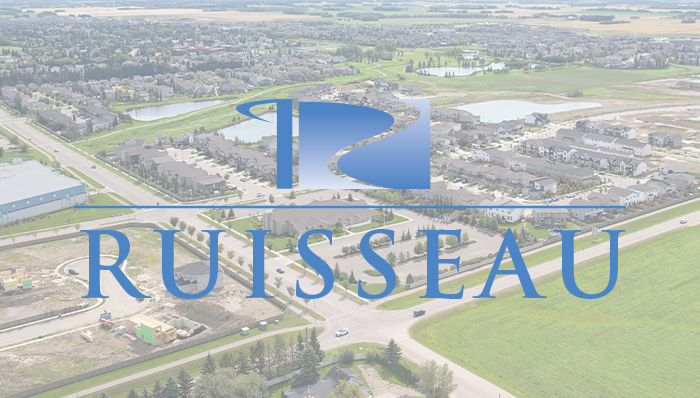And how to make it as green as possible!
Here comes the summer!
There’s nothing better than enjoying an afternoon in your backyard with friends and family. Patio season is desperately short for us at these high latitudes and we all like to capitalize on the warm weather for the few short months we can.
Imagine having something tasty grilling on the BBQ, the kids playing in the yard, and laughter floating up into the wispy white clouds above. It’s a beautiful scene! But, it’s quickly ruined by scratchy brown grass poking your guest’s toes and prickling the kid’s feet. Where’s that lush green lawn you always dreamed of in your backyard?
Late springs and hot summers can make it hard to achieve that lush lawn that you may be pining for, but by remembering a few important tricks, you can help your grass live its best life.
Most things you read about lawn care will focus on the five or six activities you need to do in order to get a great lawn. We wanted to do something a little different. Here you’ll find out the three things your lawn wants, the one thing it needs, and what it really hates!
Keep these in mind and you’ll always be able to troubleshoot your way to making sure the grass is always greener on your side of the fence.
Let’s get started!
Your grass NEEDS…
to breathe!
Other than a few deep sea animals, nasty viruses, and single-celled microbes, every living thing on the planet needs oxygen to survive. Your grass is no different!
But, unlike you and me, your grass can’t get by on the 21% oxygen that makes up our atmosphere. It needs that oxygen down in its roots.
Aerating is a great way to get more air down into the soil where your grass can “breathe” it in. These machines either push spikes or punch holes into your lawn to allow more of the atmosphere to drift down into your soil.
But, you might not need to aerate every year. The more compact your soil is, the harder it will be for oxygen to get down to your lawn’s roots. So test it out. Does your soil feel very hard? Super dense? Was there a heavy layer of snow pushing down on it all winter? Then maybe your grass is having a hard time getting oxygen this year.
On the other hand, if you have more sand or loam in your soil, chances are you can get by aerating every two to three years.
It’s going to depend on your specific soil conditions, which is something you’ll have to figure out for yourself. But you’ll be one step ahead if you’re at least asking the question: is my grass getting enough to breathe?
to drink!
Water.
It’s the first thing people think about when taking care of plants. How much does it need? When does it need it? I don’t want to waste it! These are all good thoughts. Let’s get to the bottom of what exactly your lawn needs.
The rule of thumb is that your lawn should get one inch of water a week. If you’re not sure how long it will take your sprinkler to deliver that amount you can set a shallow container—like an upside-down Frisbee or an empty tuna can—under the watered area. Keep an eye on how long it takes to fill that up, and that’s how much water is soaking into your soil.
The other thing to keep in mind is that you want the water to extend deep into your lawn to encourage the grass roots to grow deeper. This will help your lawn survive better in droughts and heat. To do this, try to get that inch of water on your lawn in a single session, and not several short sessions throughout the week.
The last tip is to water early. Watering mid-day will cause a lot of that potable water to evaporate into the atmosphere, and that doesn’t do you or your lawn any good. Morning or night are better, but with consistent nighttime watering you’ll be more likely to develop fungus or mildew. Morning is best.
to eat!
Grass needs nutrients, too, and there are only three you really need to worry about: nitrogen, phosphorus, and potassium.
Nitrogen promotes the growth of healthy leaves by encouraging the production of chlorophyll. Not only is chlorophyll vital for photosynthesis, which will help the plant grow, it’s also what gives grass its rich green colour, which is what we want!
Phosphorous is extremely important to the overall health of your lawn as it helps with amino acid production, photosynthesis, glycolysis, and respiration. But, even with all it does for your growing grass, it’s needed in much lower levels than both nitrogen and potassium.
Potassium is necessary for photosynthesis and helps in cell division, which is how grass grows! Potassium will help your grass become resilient to being walked on and to droughts.
As a home owner, you’ll want to use the granular fertilizers and apply them with some kind of spreader, which you can easily find at your local hardware store.
You’ll find fertilizers in different ratios of nitrogen, phosphorus, and potassium, displayed with a figure like 20-5-10. This number means 20% nitrogen, 5% phosphorus, and 10% potassium (the rest is filler material that helps ensure an even application), which is a good mix to get your lawn started in the spring.
Your grass WANTS…
friends!
You might say that grass, like humans, are social. But, people would probably look at you a little funny if you did.
For our purposes, this is just a good way to remember that grass likes to be thick! You want your grass to grow thick and strong for a few reasons, and not just because it will feel great under your bare feet!
Thick healthy grass will choke out weeds that try to grow in their midst. A lawn with a healthy root system and lots of blades of grass soaking in the sun, water, and nutrients will be able to squeeze out a lot of the uninvited guests (weeds) that try to take residence in your yard.
A thick lawn with a deep root system will also do a better job of bouncing back in the spring, surviving scorching heat, and overcoming droughts.
In order to get this type of lawn, you should consider overseeding. Overseeding is the practice of adding grass seed to your already full lawn to encourage the growth of new plants. This will thicken your lawn while adding younger plants to your turf.
There’s a lot to consider when it comes to overseeding, like when, what type of seed, and how much to apply. If you want to go down this road, you can learn all about it over at lawn-care-academy.com
Your grass HATES…
getting shocked!
You’re lawn’s just trying to get by. It has its daily routine: wake up with the sun, say hi to its neighbours, sway in the breeze, hope it doesn’t get clipped by that dive bombing robin.
But one thing your lawn is not expecting is to have half its length chopped off by an angry lawn mower.
As a rule, you should never cut off more than 1/3 of the blade. Any more than that and your grass isn’t going to be happy.
When it comes to cutting, make sure you’re doing it with a sharp mowing blade. Dull blades will smash the top of the grass leaf off, leaving it tattered and uneven, which makes it harder for the grass to grow and easier for disease to take root.
“Just a bit off the top” is all your grass wants, and, preferably, with some very sharp scissors.
Get out there and get greening!



